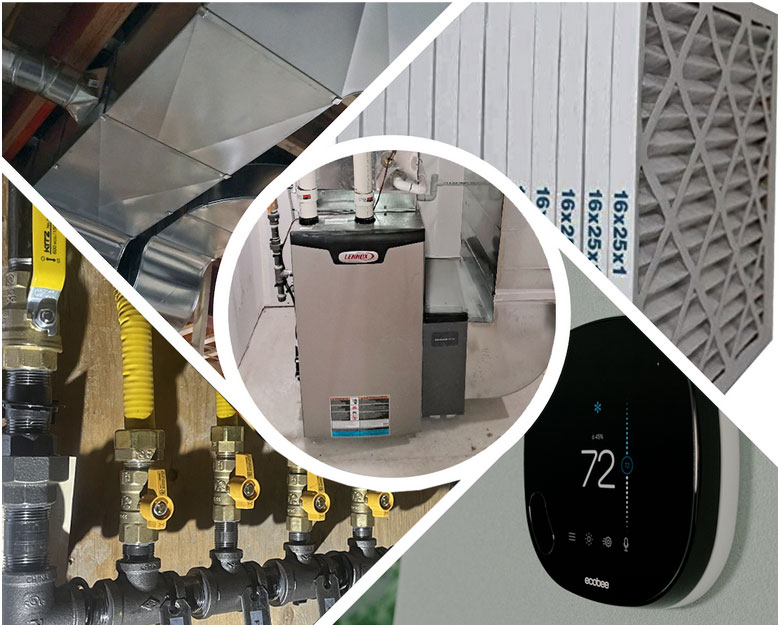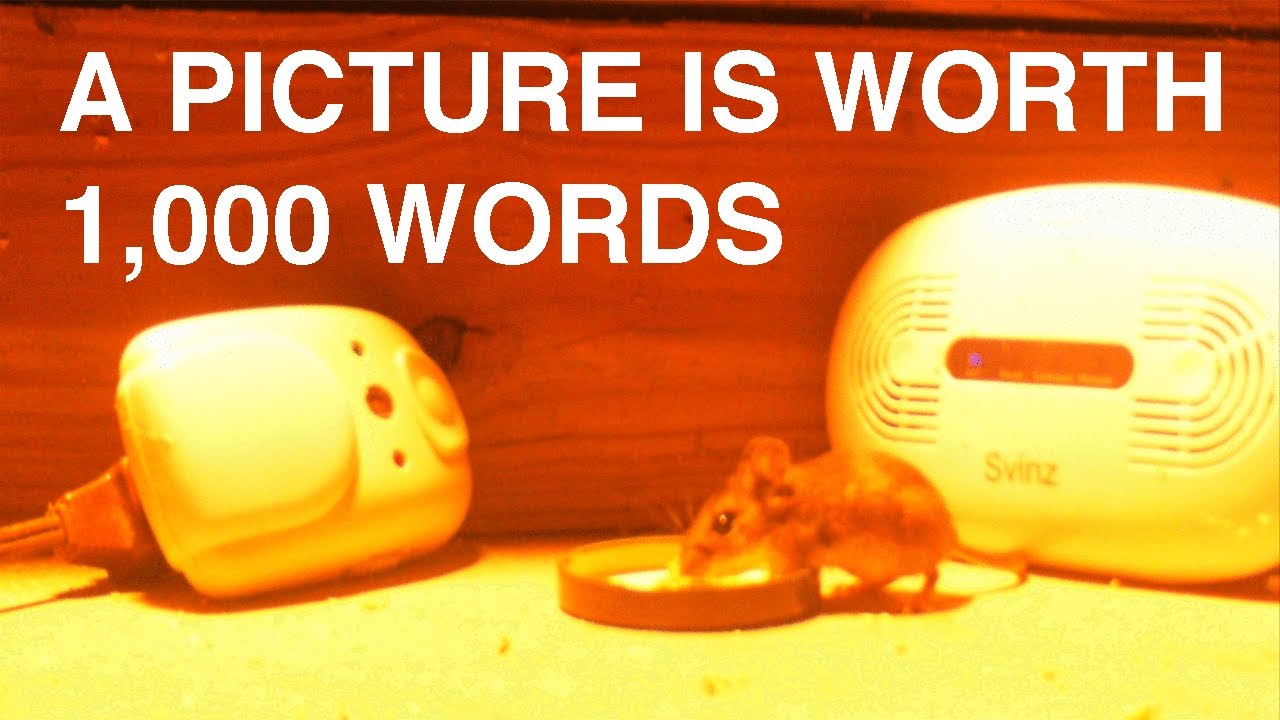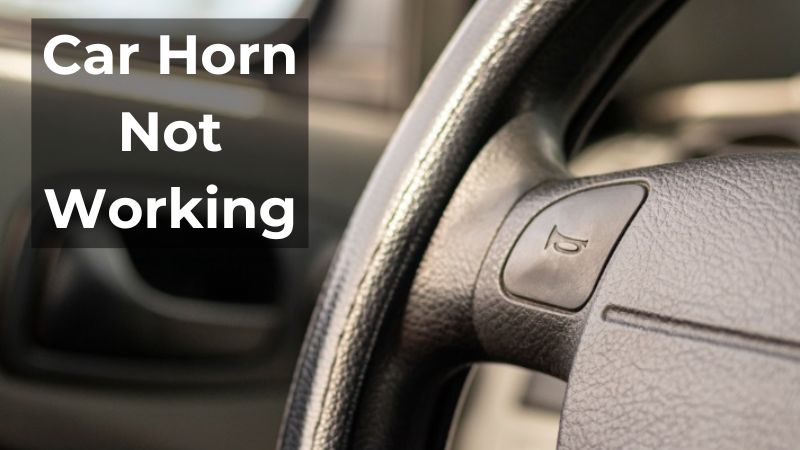
When a heater malfunctions in a house, it can cause a great deal of discomfort and inconvenience. This issue can manifest itself in many ways, ranging from a complete lack of heat to the heater blowing cold air. Identifying the root cause of the problem is essential for effective troubleshooting.
The importance of resolving a heater malfunction cannot be overstated. Not only does a functional heater provide warmth and comfort during cold weather, but it also helps prevent the growth of mold and mildew, which can pose significant health hazards. Additionally, a properly functioning heater can contribute to energy efficiency, reducing utility bills and environmental impact.
To delve deeper into the topic of “heater not working house,” let’s explore some common causes and potential solutions:
1. Power
Ensuring that the heater is receiving power is a crucial step in troubleshooting a “heater not working house” issue. When a heater is not receiving power, it will not be able to generate heat, regardless of any other potential problems.
- Electrical Outlet: The first step is to check if the heater is plugged into a working electrical outlet. Try plugging another appliance into the same outlet to see if it works.
- Circuit Breaker: If the heater is plugged into a working outlet, the next step is to check the circuit breaker panel. Find the circuit breaker that corresponds to the room where the heater is located and make sure that it is in the “on” position. If the circuit breaker has tripped, reset it and see if the heater starts working.
- Fuse Box: If the circuit breaker is not the issue, check the fuse box. Locate the fuse that corresponds to the room where the heater is located and make sure that it is not blown. If the fuse is blown, replace it with a new fuse of the same amperage.
By following these steps, you can ensure that the heater is receiving power and troubleshoot any electrical issues that may be preventing it from working properly.
2. Fuel
When troubleshooting a “heater not working house” issue, it is essential to consider the fuel supply if the heater relies on fuel sources like propane or natural gas. A lack of adequate fuel or a blockage in the fuel line can prevent the heater from functioning correctly.
- Fuel Supply: The first step is to check if there is an adequate supply of fuel in the tank or connected to the heater. If the fuel level is low, refill the tank or contact your fuel supplier for a delivery.
- Fuel Line: Inspect the fuel line for any kinks, blockages, or leaks. Ensure that the fuel line is securely connected to the heater and that there are no obstructions in the line.
- Fuel Filter: If the heater has a fuel filter, check if it is dirty or clogged. A dirty fuel filter can restrict the flow of fuel to the heater, causing it to malfunction.
- Fuel Valve: Make sure that the fuel valve is open and allowing fuel to flow to the heater. A closed or partially closed fuel valve can prevent the heater from receiving the necessary fuel to operate.
By addressing potential issues related to fuel supply and the fuel line, you can effectively troubleshoot a “heater not working house” problem and restore the heater’s functionality.
3. Thermostat
In the context of “heater not working house,” the thermostat plays a critical role in regulating the heater’s operation and ensuring that it provides adequate warmth without overheating.
- Temperature Regulation: The thermostat acts as the brain of the heating system, constantly monitoring the temperature and comparing it to the desired temperature set by the user. When the temperature drops below the set point, the thermostat signals the heater to turn on and start producing heat.
- Overheating Prevention: The thermostat also prevents the heater from overheating by detecting when the temperature reaches the desired level and signaling the heater to turn off. This prevents the heater from consuming excessive energy and creating an uncomfortable or potentially hazardous environment.
- Troubleshooting: If the heater is not turning on or is overheating, the thermostat may be malfunctioning. Adjusting the thermostat or replacing it if necessary can resolve these issues and restore the heater’s functionality.
By understanding the connection between the thermostat and “heater not working house,” homeowners can effectively troubleshoot and resolve common heating problems, ensuring a comfortable and energy-efficient indoor environment.
4. Filter
In the context of “heater not working house,” a dirty air filter can have a significant impact on the heater’s performance and overall functionality. Understanding the connection between a dirty air filter and heater problems is crucial for maintaining a comfortable and energy-efficient indoor environment.
- Airflow Restriction: A dirty air filter can accumulate dust, dirt, and other particles, which can obstruct the airflow through the heater. Restricted airflow prevents the heater from effectively distributing warm air throughout the house, leading to inadequate heating and discomfort.
- Overheating: When airflow is restricted, the heater has to work harder to maintain the desired temperature, causing it to overheat. Overheating can lead to decreased efficiency, increased energy consumption, and potential safety hazards.
- Maintenance and Replacement: Regularly checking and replacing the air filter is essential for preventing airflow restriction and overheating issues. Most manufacturers recommend replacing the air filter every 1-3 months, depending on usage and environmental factors.
- Improved Efficiency: Replacing a dirty air filter with a clean one can significantly improve the heater’s efficiency and performance. Good airflow allows the heater to operate at optimal levels, reducing energy consumption and lowering utility bills.
By addressing the issue of a dirty air filter and maintaining proper airflow, homeowners can effectively prevent “heater not working house” problems, ensuring a comfortable and energy-efficient indoor environment during the colder months.
5. Mechanical
Within the context of “heater not working house,” mechanical issues can be a significant cause of malfunction and require careful attention. Mechanical issues encompass a range of problems, including faulty heating elements, broken fans, and other internal component failures.
Understanding the connection between mechanical issues and “heater not working house” is crucial for effective troubleshooting and repair. When a mechanical issue occurs, the heater may fail to generate heat, distribute heat evenly, or maintain the desired temperature, leading to discomfort and inconvenience.
If a homeowner is not comfortable troubleshooting mechanical issues, it is highly advisable to call a qualified technician. Attempting to repair complex mechanical problems without proper training and experience can be dangerous and may worsen the issue. A qualified technician possesses the knowledge, skills, and tools to diagnose and resolve mechanical problems safely and efficiently, ensuring the heater operates optimally and the indoor environment remains comfortable.
By recognizing the importance of mechanical components and seeking professional assistance when necessary, homeowners can mitigate the risks associated with “heater not working house” issues and maintain a warm and comfortable living space throughout the colder months.
Frequently Asked Questions about “Heater Not Working House”
If you’re facing issues with a malfunctioning heater in your home, you may have several questions. This FAQ section addresses common concerns and misconceptions surrounding “heater not working house” to provide informative answers.
Question 1: Why is my heater not producing any heat?
Answer: This could be due to various reasons, such as lack of power, fuel supply issues, thermostat malfunctions, dirty air filters, or mechanical problems. Check these aspects and troubleshoot accordingly.
Question 2: My heater is blowing cold air instead of warm air. What’s wrong?
Answer: This indicates a problem with the heating element or airflow. Inspect the heating element for any damage or blockages. Additionally, ensure that the air filter is clean and that there are no obstructions in the airflow path.
Question 3: How often should I replace my heater’s air filter?
Answer: It’s generally recommended to replace your heater’s air filter every 1-3 months, especially during peak usage seasons. A clean air filter ensures optimal airflow and prevents overheating issues.
Question 4: Can I troubleshoot heater problems on my own?
Answer: Basic troubleshooting steps, such as checking power, fuel supply, and air filters, can be attempted by homeowners. However, for more complex mechanical issues, it’s advisable to contact a qualified HVAC technician for safe and effective repairs.
Question 5: What are the potential hazards of a malfunctioning heater?
Answer: Malfunctioning heaters can pose safety risks, including fire hazards, carbon monoxide leaks, and inadequate heating, leading to discomfort and health concerns. It’s crucial to address heater issues promptly to ensure a safe and comfortable living environment.
Question 6: How can I prevent heater problems in the future?
Answer: Regular maintenance is key to preventing heater issues. Schedule annual inspections with an HVAC technician, change air filters regularly, and address any minor problems promptly to avoid more significant issues down the road.
By understanding the answers to these common questions, you can better troubleshoot “heater not working house” issues and ensure a warm and comfortable home during the colder months.
If you encounter persistent problems or complex mechanical issues, don’t hesitate to consult a qualified HVAC technician for professional assistance.
Tips for Addressing “Heater Not Working House” Issues
When faced with a malfunctioning heater, it’s essential to approach the situation with caution and take appropriate steps to resolve the issue effectively. Here are several crucial tips to guide you:
Tip 1: Safety First
Before attempting any troubleshooting, ensure your safety by turning off the heater’s power supply and allowing it to cool down completely. Avoid touching any electrical components or attempting repairs beyond your skill level.
Tip 2: Check the Power Source
Verify that the heater is properly plugged into a functioning electrical outlet and that the circuit breaker or fuse associated with the circuit is not tripped or blown. Reset the circuit breaker or replace the fuse if necessary.
Tip 3: Inspect the Fuel Supply
If your heater utilizes fuel such as propane or natural gas, check the fuel tank or connection to ensure there is an adequate supply. Inspect the fuel line for any leaks or blockages that may impede fuel flow.
Tip 4: Examine the Thermostat
The thermostat acts as the brain of your heating system. Check if the thermostat is set to the desired temperature and that it is properly communicating with the heater. Consider replacing the batteries or the entire thermostat if necessary.
Tip 5: Clean or Replace the Air Filter
A dirty air filter can restrict airflow and cause the heater to overheat. Regularly clean or replace the air filter according to the manufacturer’s recommendations to maintain optimal performance and prevent potential issues.
Tip 6: Seek Professional Assistance
If you are uncomfortable troubleshooting the heater yourself or encounter more complex mechanical problems, do not hesitate to contact a qualified HVAC technician. They possess the expertise and tools to diagnose and repair the issue safely and efficiently.
Summary: Addressing “heater not working house” issues requires a combination of safety precautions, basic troubleshooting steps, and seeking professional assistance when necessary. By following these tips, you can increase the chances of resolving the issue effectively and maintaining a warm and comfortable home during the colder months.
Remember, safety should always be your top priority when dealing with electrical or gas-powered appliances. If you have any doubts or concerns, do not hesitate to consult a qualified professional.
Conclusion
Effectively addressing “heater not working house” issues requires a multifaceted approach that encompasses safety, troubleshooting, and professional assistance when necessary. By following the guidelines outlined in this article, homeowners can increase the likelihood of resolving heater malfunctions promptly and efficiently, ensuring a warm and comfortable living environment during the colder months.
Remember, heater problems can range from simple fixes to more complex mechanical issues. Safety should always be the top priority, and seeking professional help from a qualified HVAC technician is crucial for addressing complex problems beyond one’s skill level. Regular maintenance and timely repairs can help prevent heater malfunctions and extend the lifespan of your heating system.
As the winter season approaches, it is essential to ensure that your heater is functioning optimally to provide warmth and comfort in your home. By being proactive and taking the necessary steps to address heater issues, you can create a safe and cozy haven for yourself and your loved ones during the colder months.



